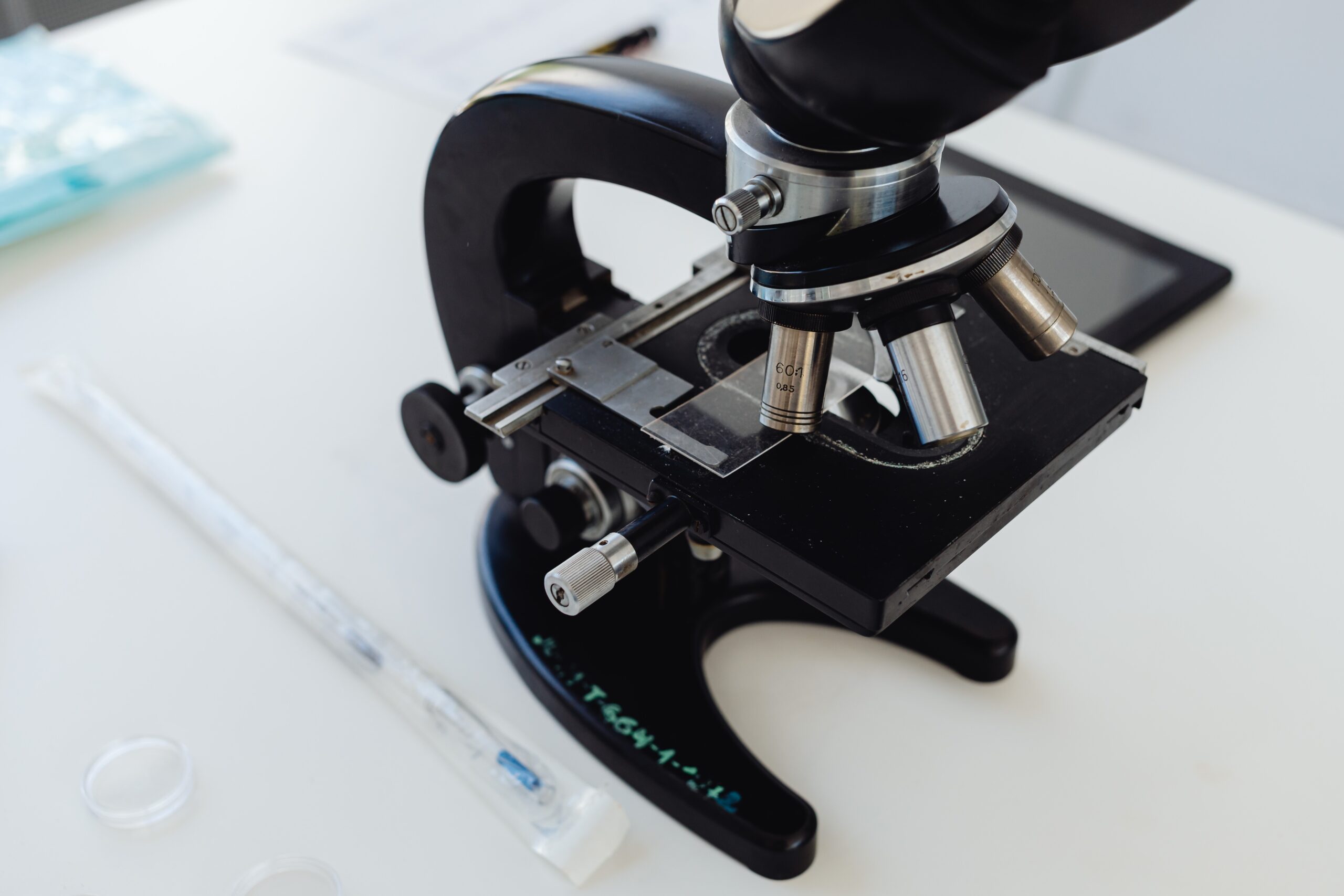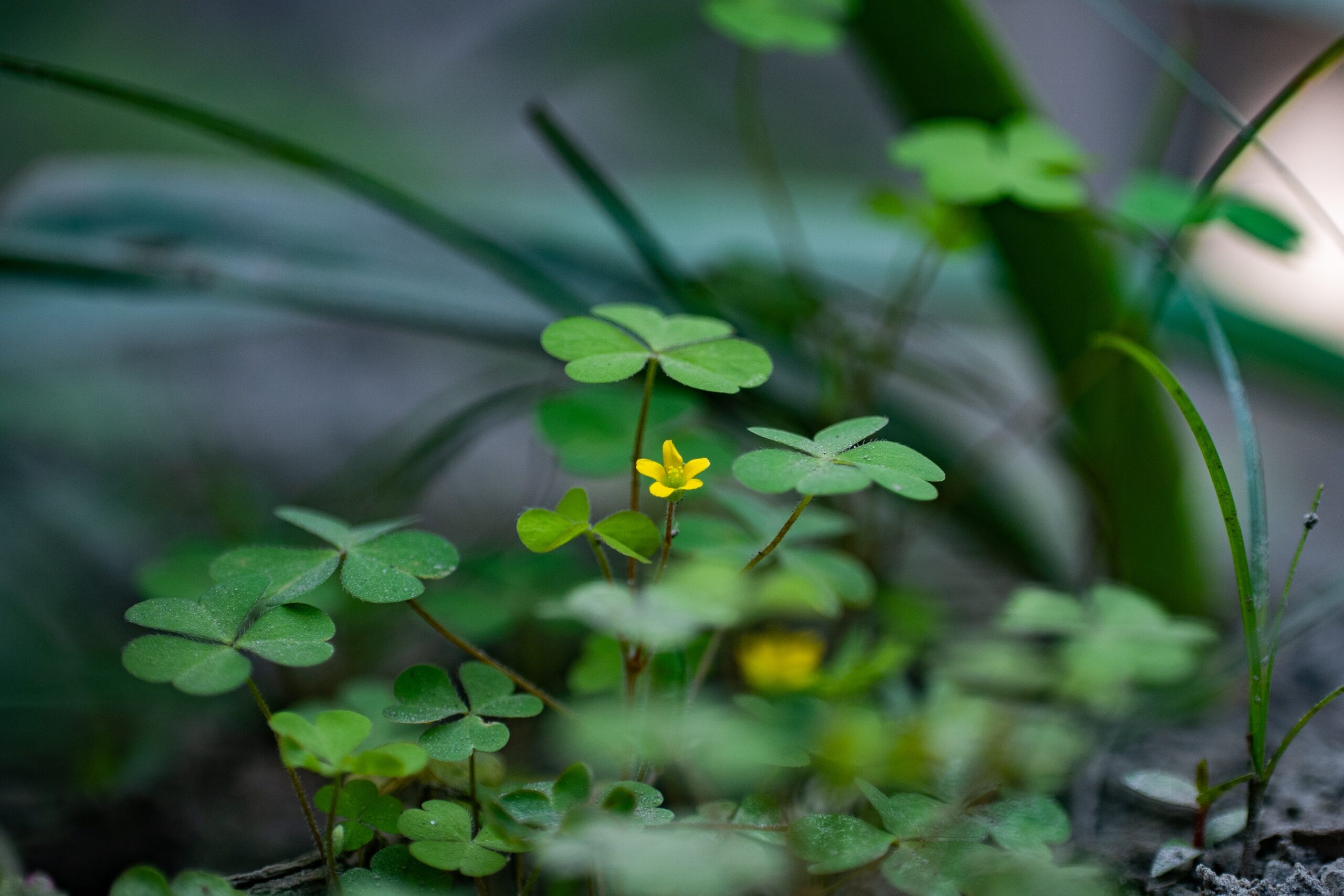
why we fingerprint each of our plants
consider it the first step in unraveling the complexity of mother nature's medicine cabinet
At sofi, we fingerprint each and every batch (harvest) of our plant remedies.
So what exactly does this mean, and why is it so important to us?
“Fingerprinting” is essentially just a complicated term for collecting data that allows us to understand the complete profile of any given harvest of any given plant.
You see, unlike store-bought herbal remedies, fingerprinting our plants enables us to account for any external influence that may have impacted the ratio of active compounds within a particular extract.
Despite the use of plants for healing dating back thousands of years, there are still numerous technical challenges that natural medicine poses to the field of modern science - and ones we are only just beginning to unravel and truly understand.
Imagine the following scenario, for example:
You’re out for dinner at a restaurant when the waiter emerges and asks you what you’d like to drink. What if, instead of saying which bottle of red or white wine you planned to order, you just asked them to serve you grapes in a bottle! Kind of risky - wouldn’t you say? It could quite possibly be the best dinner ever or the worst.
This is similar to the way we interact with store-bought remedies, the ones you see sitting on the shelf in health food stores by the bucket - each claiming to do something different, but none exactly specifying how and why that is.
(Now back to our analogy): What’s amazing, for those wine connoisseurs, however, is that they not only care for their type of wine and vineyard and location, but also the vintage or year the wine is from. This has to do with the fact that the ambient conditions year on year could be different, and the way that harvest receives sun, rain, will actually impact the availability of the compounds that really matter.
When it comes to other plants, it’s the same. Like us - the conditions in which plants grow can have a significant impact on them and the effects they promote. Even the time in the lunar cycle that plants are harvested can impact on the ratio and potency of the active compounds that are present within (1).
In fact, between different species, batches, methods of extraction, active compounds, as well as external factors such as time of harvest, location, and storage conditions, the therapeutic properties of a given plant can differ completely.
Consequently, the extent to which the plant actually works as intended to help an individual — whether it’s to reduce sleeplessness or increase calm — can vary completely if the chemical fingerprint of the specific plant extract is unknown.
This is (for one) why the process of working with plant extracts in a lab setting is so tricky and complex. Imagine trying to isolate one specific active compound in a plant that has a total of 300 distinct compounds, and on top of that, the ratio in every batch is completely different!
Natural products pose all kinds of technical barriers for the drug development process - from screening and compound isolation, to scientific characterisation and optimisation, too (2).
At sofi, we realised there was a simpler way. Unlike a "single bullet" pharmaceutic drug, we don't have to standardise each and every one of our plants - we just have to understand what the differences between batches of our plants might mean for the individual using them.
Our ambition is actually not to create a uniform product, but really to capture and celebrate the inter-variability that exists between crops from season to season, and year to year - even of the exact same plant that is grown by the same farmer in the same plot of land.
In the sofi lab you’ll find a series of incredible, and highly technical machines that carry out the tasks necessary to create this comprehensive account of each and every harvest of plants:
A machine called an inductively coupled plasma atomic emission spectrometer (ICP-AES) detects any heavy metals present in the crop soil, by generating a plasma from the solution using extremely high heat (around 10,000 degrees). The quality of elements within the sample can then be determined using the intensity of light emitted from plasma at a particular wavelength.
Meanwhile, a high-pressure liquid chromatography machine (or HPLC) uses techniques of analytical chemistry to separate, identify, and quantify each component in a mixture. This divides each extract into a few hundred specific compounds so they can be measured by their molecular weight, providing a comprehensive fingerprint of - not only the entire plant - but each of the hundreds of compounds within the plant itself.
And that is how we understand what works for you.
Not a lucky guess, or a "fingers-crossed!" - but a series of highly technical tests that we use to fingerprint every batch of our plants. In fact, you can watch and learn about the process in action at the sofi lab here.
Download the sofi health app to begin your journey, and discover the right plants for you:
Text References:
- Cole, Ian B., and Michael J. Balick. “Lunar Influence: Understanding Chemical Variation and Seasonal Impacts on Botanicals.” American Botanical Council. HerbalGram 85 (2010): 50-56.
- Atanasov, A.G., Zotchev, S.B., Dirsch, V.M. et al. Natural products in drug discovery: advances and opportunities. Nat Rev Drug Discov 20, 200–216 (2021)

